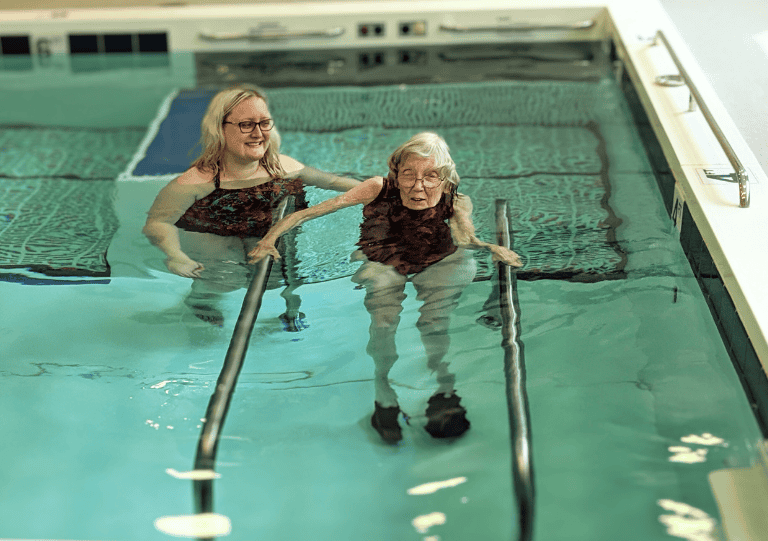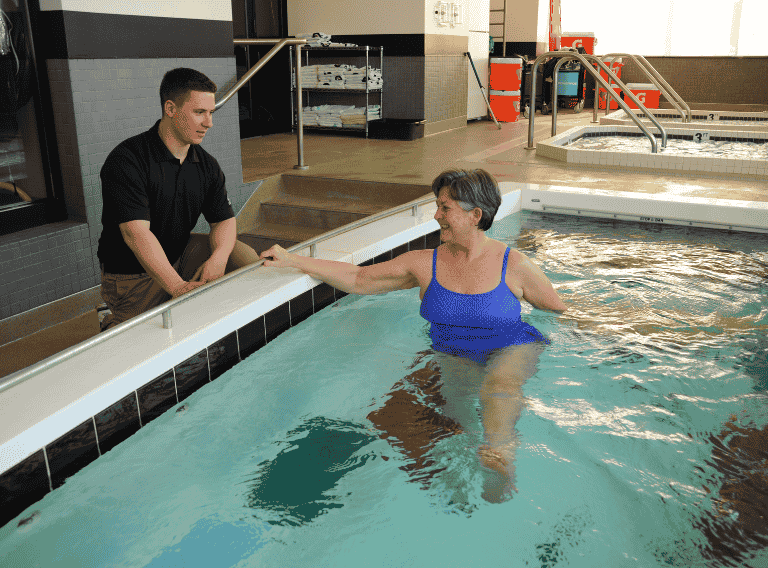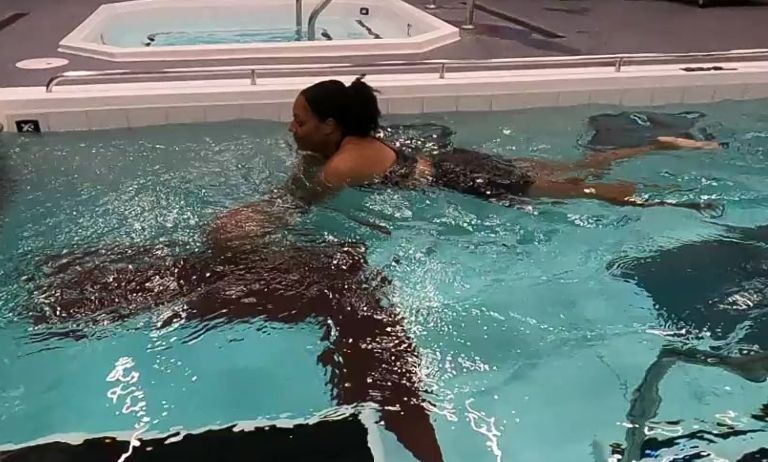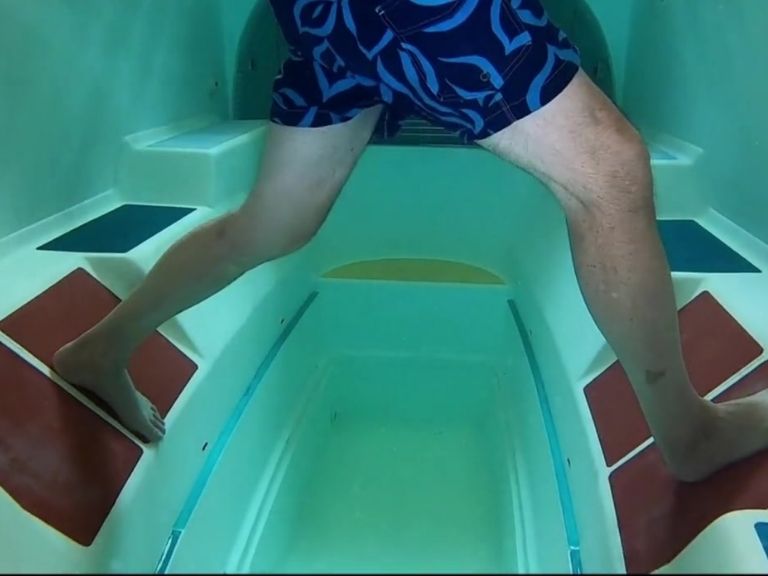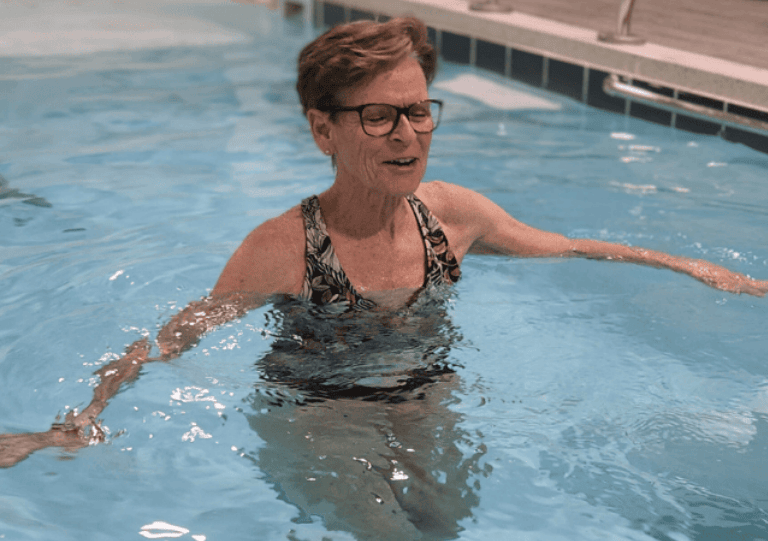
Aquatic Therapy for Balance Training: Evidence-Based Progressions & Patient Outcomes
Balance impairments can affect many patient populations—older adults at risk of falls, post-operative individuals regaining mobility, neurological rehab cases, and athletes rebuilding stability. When people

